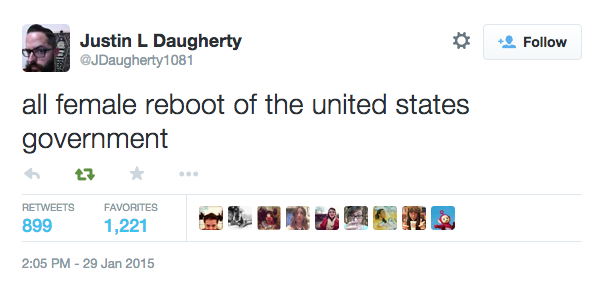The right person won in the recent France election, but the outcome worries me. The polls badly underestimated his win.
The average poll conducted in the final two weeks of the campaign gave Macron a far smaller lead (22 percentage points) than he ended up winning by (32 points), for a 10-point miss. In the eight previous presidential election runoffs, dating back to 1969, the average poll missed the margin between the first- and second-place finishers by only 3.9 points.
That should be a warning flag to the French to take less stock in their polls and weight unlikely outcomes as more likely. It’s doubtful they will, though, because everything turned out all right. That’s no slam against the French, it’s just human nature. Take the 2012 US election:
Four years ago, an average of survey results the week before the election had Obama winning by 1.2 percentage points. He actually beat Mitt Romney by 3.9 points.
If that 2.7-point error doesn’t sound like very much to you, well, it’s very close to what Donald Trump needs to overtake Hillary Clinton in the popular vote. She leads by 3.3 points in our polls-only forecast.
That was Harry Enten of FiveThirtyEight four days before the 2016 US election, four days before Clinton fell victim to a smaller polling error. Americans should have done back in 2012 what the French should do now, but they didn’t. Even the betting markets figured Clinton would sweep, an eerie mirror of their French counterparts.
Overall, there are a higher number of bets on Ms Le Pen coming out on top, than Brexit or Donald Trump – even though the odds are much lower, according to the betting experts.
The moral of the story: don’t let a win go to your head. You might miss a critical bit of data if you do.





